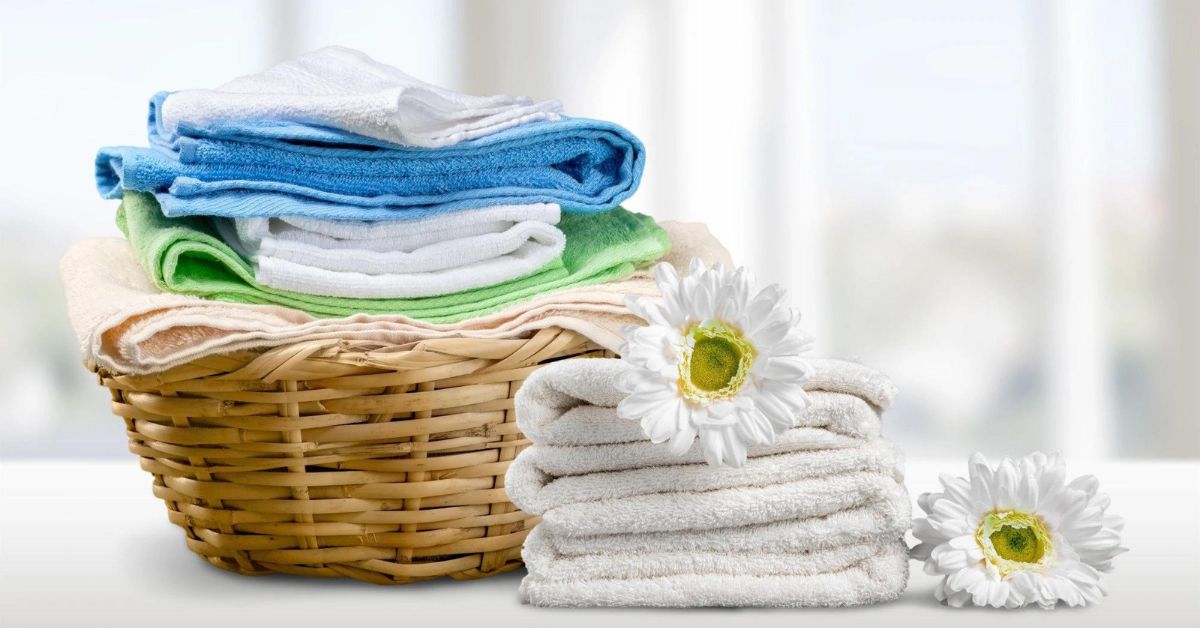In the hustle and bustle of daily life, it’s easy to overlook the care and maintenance of the fabrics that surround us. From the linens in our bathrooms to the clothes we wear, each fabric requires unique attention to ensure it stays fresh and lasts longer. T&A textiles Manchester specializes in producing high-quality linens for households, emphasizing the importance of proper care to extend their lifespan. Understanding the unique needs of household fabrics, T&A textiles Manchester provides valuable insights into maintaining linens for longer periods.
By following the comprehensive guide provided above, you not only enhance the freshness and lifespan of your household fabrics but also contribute to reducing the environmental impact of the fashion industry.
Understanding Fabric Types:
Fabrics come in diverse types, each with its specific care requirements. Whether it’s the delicate nature of silk or the resilience of polyester, knowing how to treat different fabrics is essential for maintaining their longevity.
- Acetate: Hand wash and air dry to preserve its delicate nature.
- Cotton: Opt for hot water and warm tumble dry to prevent wrinkles.
- Linen: Cool water and air drying are ideal for linens, known for their easy care.
- Polyester: Cool wash and tumble dry or air dry for this versatile fabric.
- Silk: Hand wash or use a mild setting on the machine, coupled with air drying.
- Wool: Hand wash and air dry to prevent shrinking or loss of shape.
Extending Fabric Lifespan:
In a world where fast fashion dominates, the lifespan of clothing has significantly dwindled. However, taking proactive measures can drastically increase the longevity of your fabrics.
Washing Techniques:
Washing at lower temperatures, using eco-friendly laundry products, and adhering to care labels are additional steps to ensure your clothes stay fresh and vibrant. For instance, wool, a delicate fabric, should only be washed when necessary, and using a specific wool detergent is crucial.
Eco-Friendly Practices:
Considering the environmental impact of clothing waste, adopting eco-friendly practices becomes imperative. Using specialist laundry products made from biodegradable, plant-derived ingredients is a step towards sustainability. Brands like Ecover and Method offer cleaning products made from natural ingredients, contributing to a greener approach to fabric care.
Reducing Environmental Impact:
With the average lifetime of a clothing garment in the UK estimated at just 2.2 years and millions ending up in landfills annually, taking responsibility for our textiles is crucial. T&A textiles Manchester’s commitment to sustainability is reflected in their emphasis on reducing dry cleaning, a process known for its negative environmental impact.
Fabric Lifespan and Emissions:
Extending the life of a piece of clothing, even by nine months, significantly reduces its emissions. Factors such as the willingness to wear items repeatedly, fabric resilience, and the ability to repair or alter clothes all contribute to keeping clothes out of landfills.
Dry Cleaning Alternatives:
One noteworthy point is to cut down on dry cleaning, a process known for its chemical-intensive nature. Many items labeled as ‘dry clean only’ can often be washed on gentle, lower temperature cycles, reducing both environmental impact and potential harm to textile fibers.
Practical Tips for Everyday Fabric Care:
In addition to the specific guidelines for different fabric types, incorporating practical tips into your daily fabric care routine can make a significant difference.
- Wash Inside Out:
The sixth set of instructions suggests washing clothes inside out when washing the machine. This simple practice, along with avoiding overfilling, reduces friction and potential damage to fabric fibers.
- Air Drying:
Opting for air drying instead of tumble drying is not only environmentally friendly but also preserves certain fabrics better.
- Proper Storage and Repair:
The seventh and eighth sets of instructions highlight the importance of proper storage and timely repairs. Storing clothes in a cool and dry space protects them from dampness, sunlight, and heat. Repairing damage promptly not only prevents items from ending up in landfills but also increases their overall lifespan.
Conclusion:
In a world where disposable fashion has become the norm, taking a thoughtful and sustainable approach to fabric care is crucial. Whether it’s the linens in your household Fabrics or the clothes you wear, understanding the unique needs of different fabrics and incorporating eco-friendly practices can contribute to a more sustainable and responsible lifestyle. T&A textiles Manchester’s dedication to providing eco-conscious solutions extends to their product offerings, such as recyclable aluminum bottles for their range of clothes wash products.
Also, read: How Important is it to have a Good Quality Mattress?

